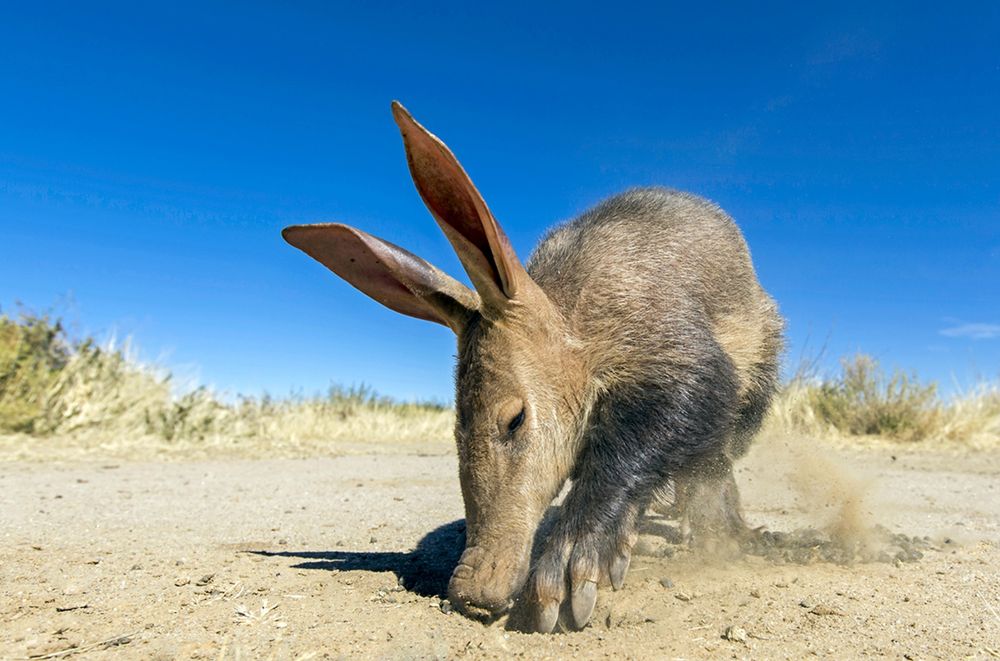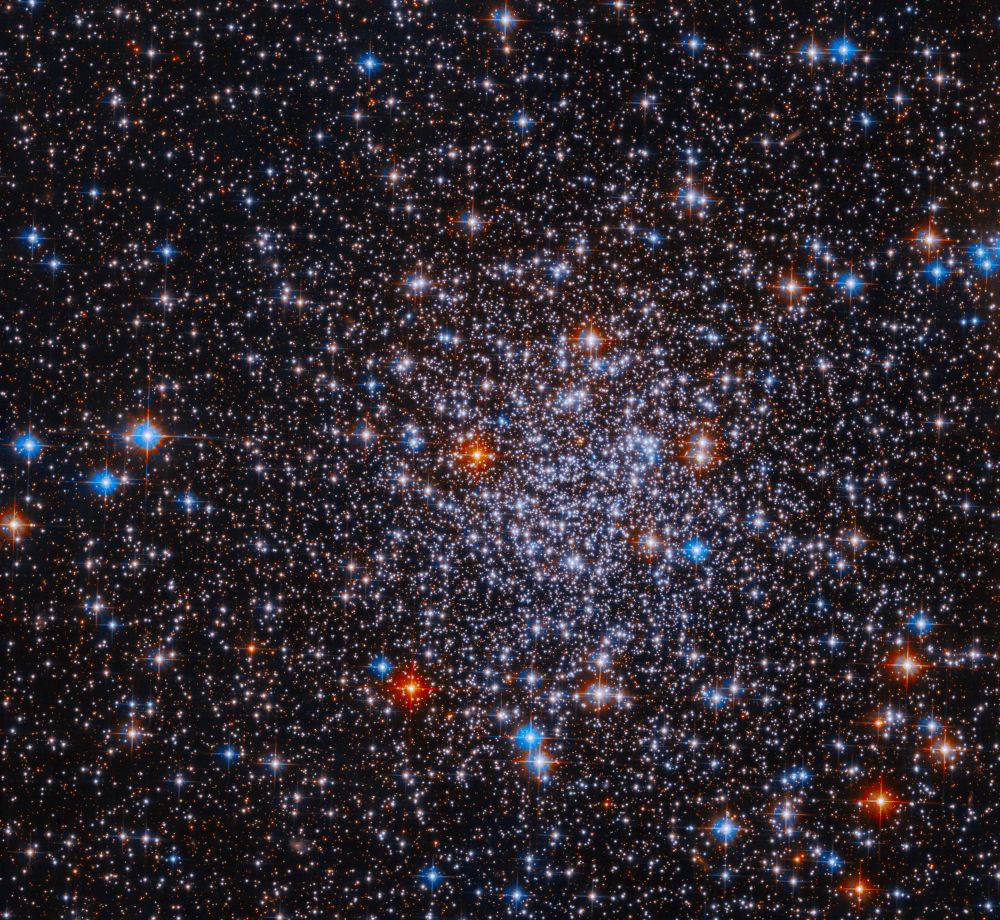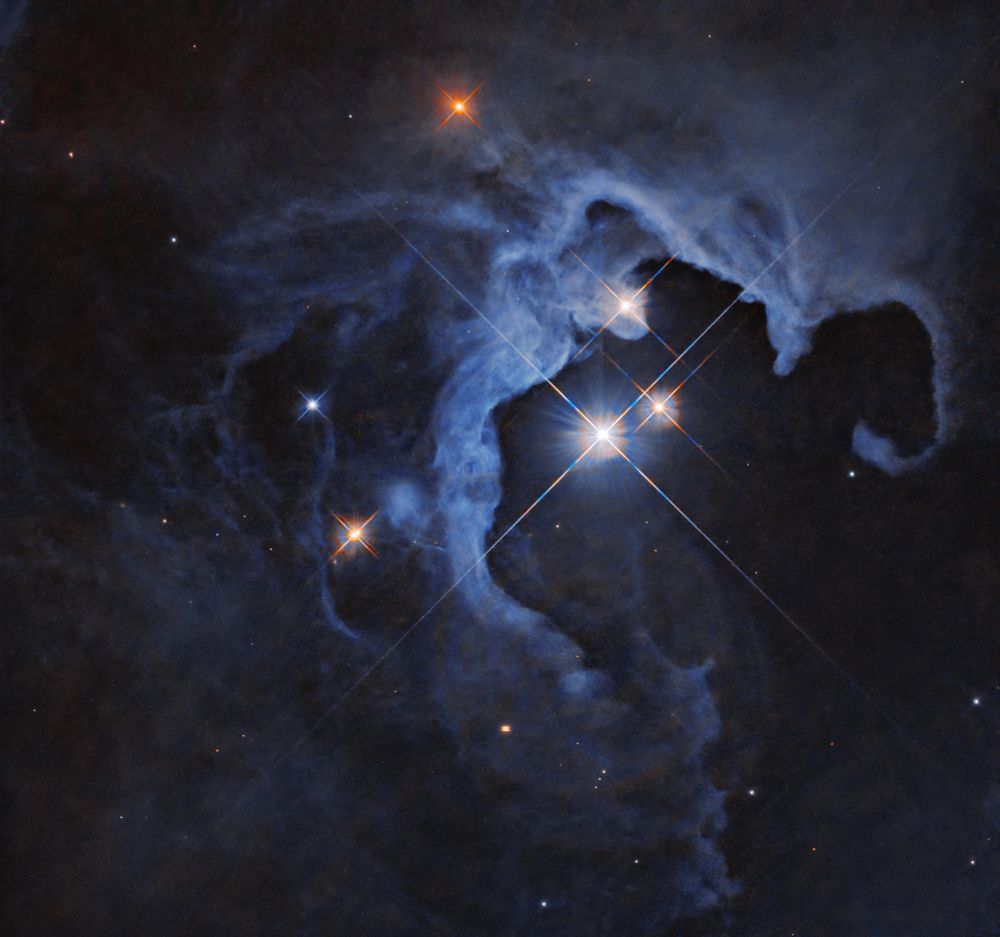

www.biorxiv.org/content/10.1...
www.nature.com/articles/s41...

www.nature.com/articles/s41...


Henipaviruses, like Nipah and Hendra, package their genomes inside helical shells built by thousands of nucleoproteins. These nucleocapsids are essential to protect the viral RNA, but how do they ever let the polymerase in to read the sequence?
👇

Henipaviruses, like Nipah and Hendra, package their genomes inside helical shells built by thousands of nucleoproteins. These nucleocapsids are essential to protect the viral RNA, but how do they ever let the polymerase in to read the sequence?
👇

I’m going to sulk for a few days but what an amazing season for the @mariners.com
Proud of this team
I’m going to sulk for a few days but what an amazing season for the @mariners.com
Proud of this team
www.nature.com/articles/s41...

www.nature.com/articles/s41...



Sheds light on how key neutralizing epitopes are changing & importance of RBD up/down motion.
www.biorxiv.org/content/10.1...

Sheds light on how key neutralizing epitopes are changing & importance of RBD up/down motion.
www.biorxiv.org/content/10.1...
www.biorxiv.org/content/10.1...

www.biorxiv.org/content/10.1...



I’m thrilled to share our new paper (Wolin et al., Cell 2025).
This paper describes SPIDR, a high-throughput method for mapping RBP binding sites.
By combining #SPIDR with #cryoEM, we identified the exact binding site of LARP1 within the #mRNA channel of the 40S ribosomal subunit.
It’s one thing to say you’re making things more efficient and quite another to gut something essential with no replacement.
Turn the f’ing lights back on!
/fin
It’s one thing to say you’re making things more efficient and quite another to gut something essential with no replacement.
Turn the f’ing lights back on!
/fin
journals.plos.org/plosbiology/...
journals.plos.org/plosbiology/...


https://go.nature.com/4mMlGyc

https://go.nature.com/4mMlGyc
www.biorxiv.org/content/10.1...
15/34

www.biorxiv.org/content/10.1...
15/34
journals.plos.org/plosbiology/...

journals.plos.org/plosbiology/...






